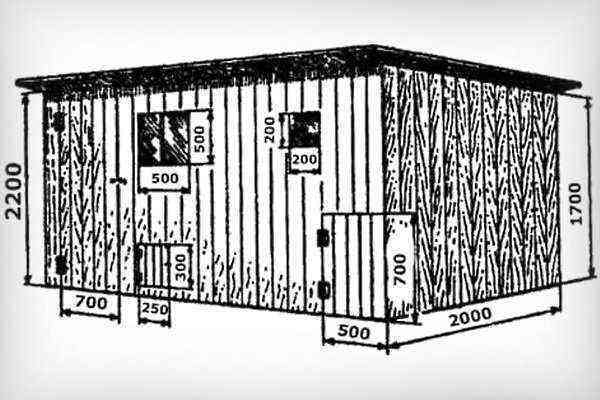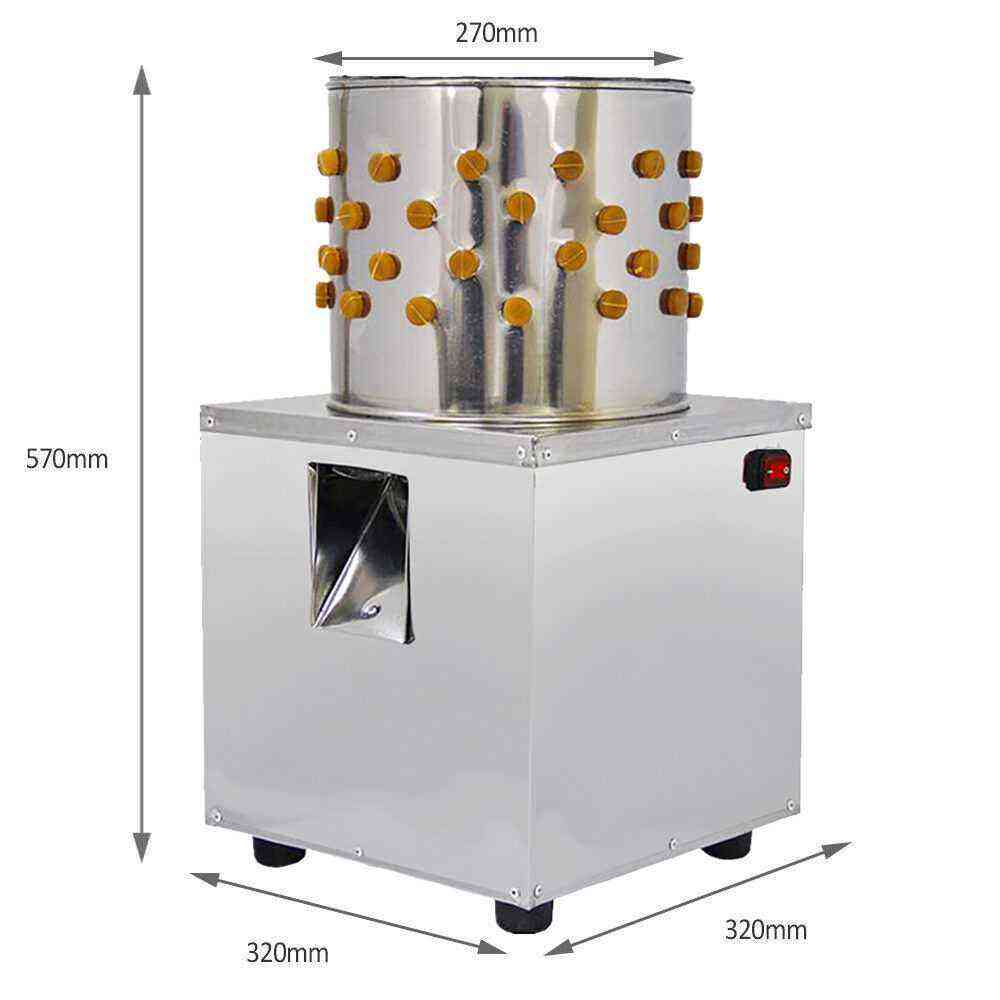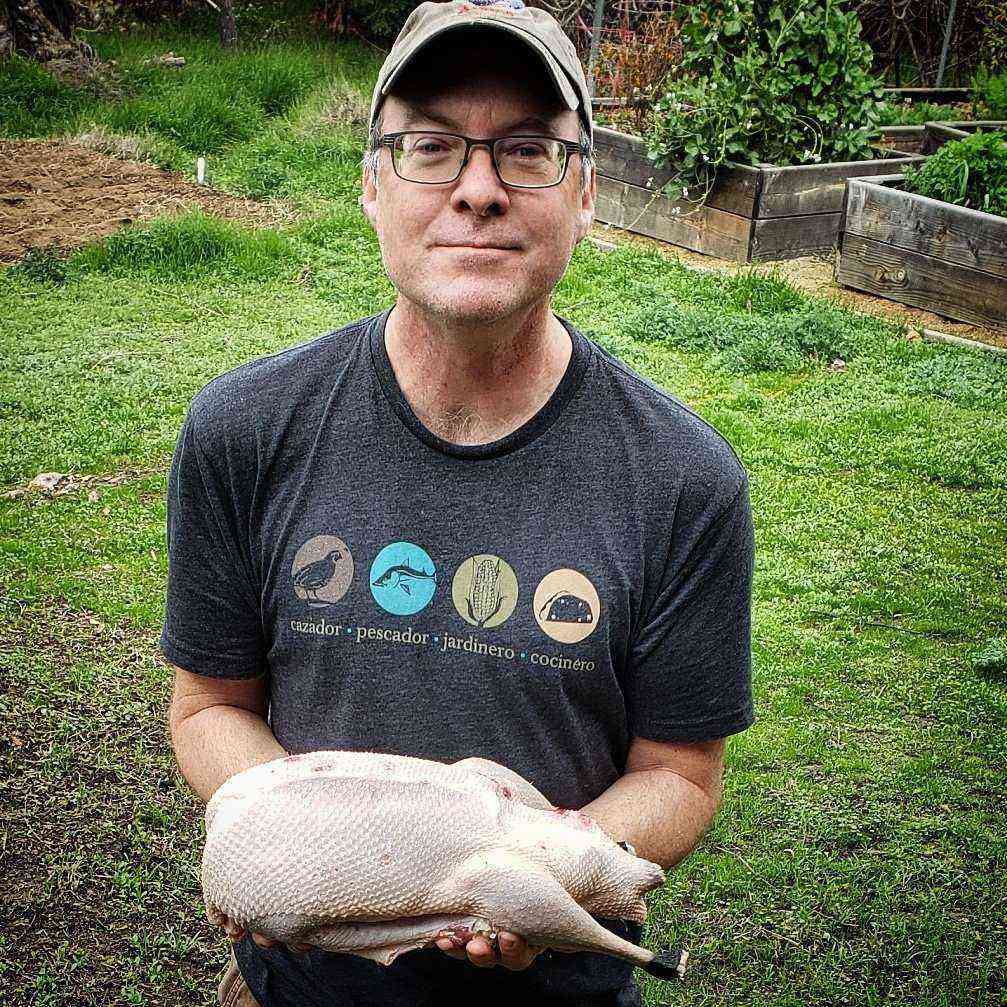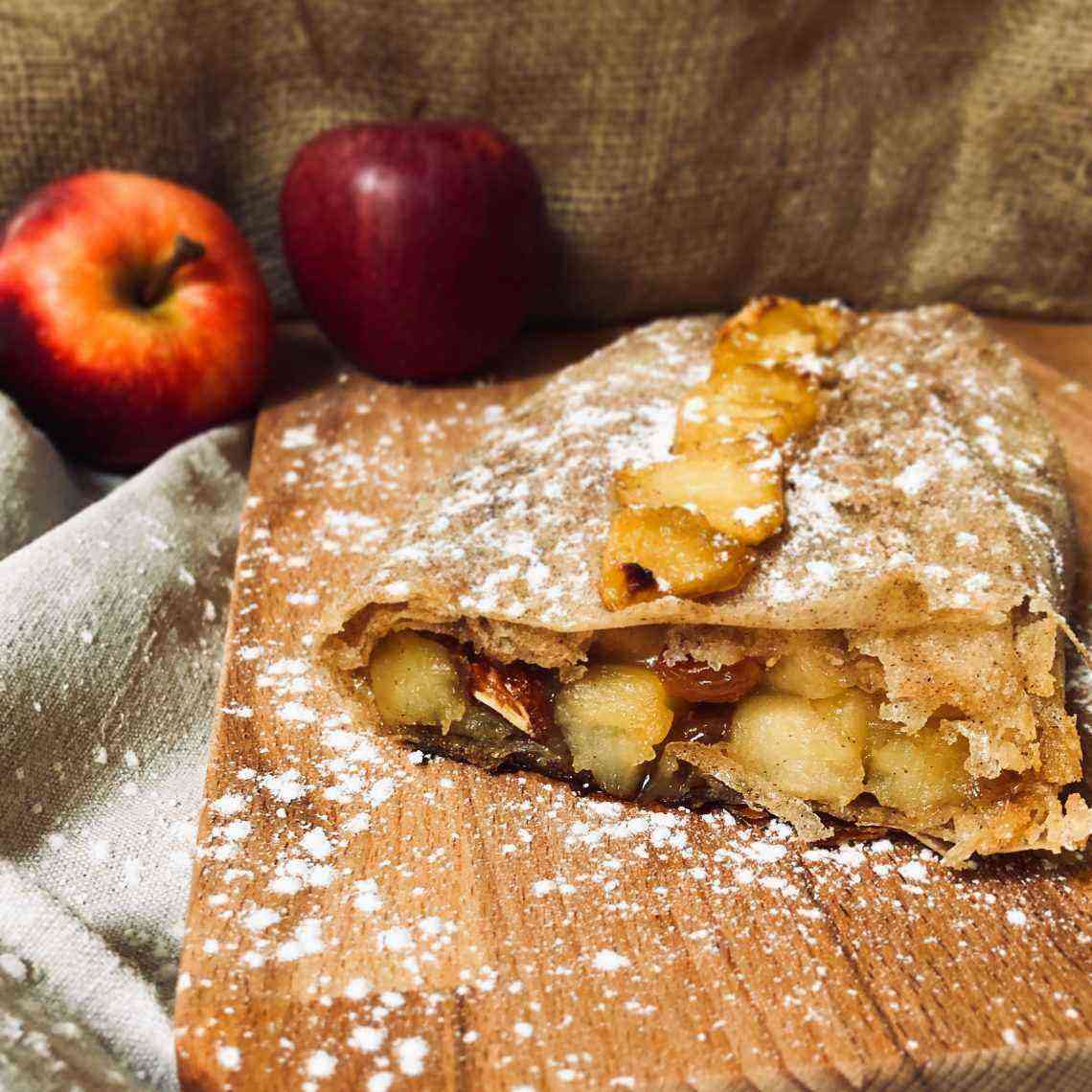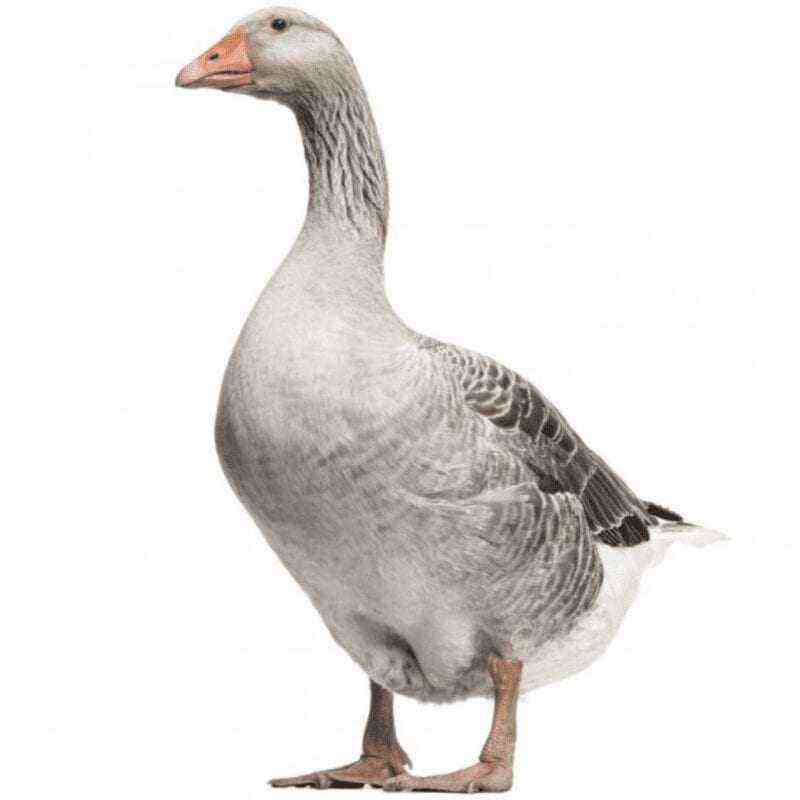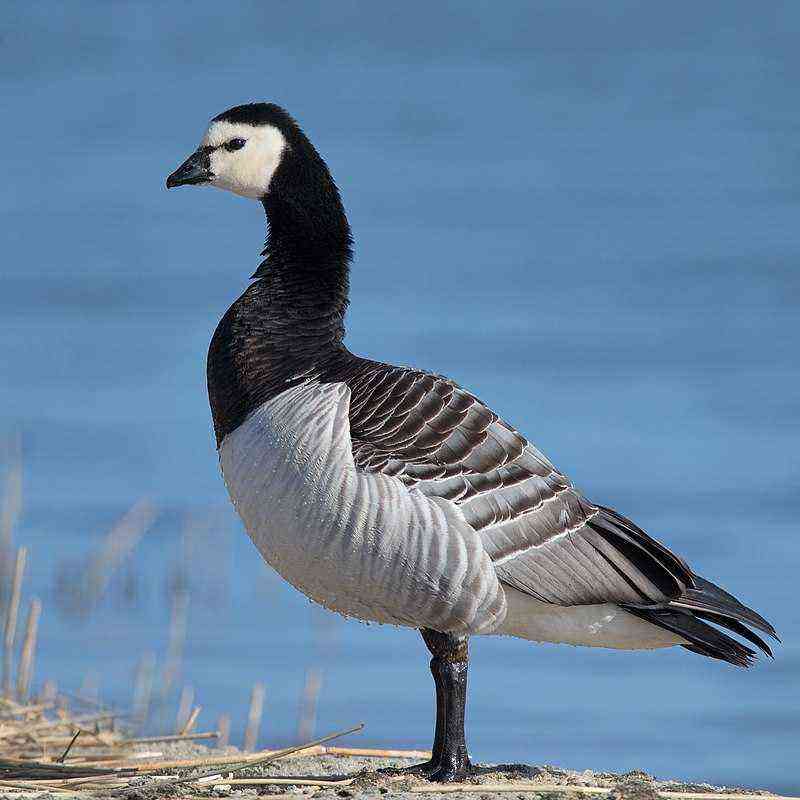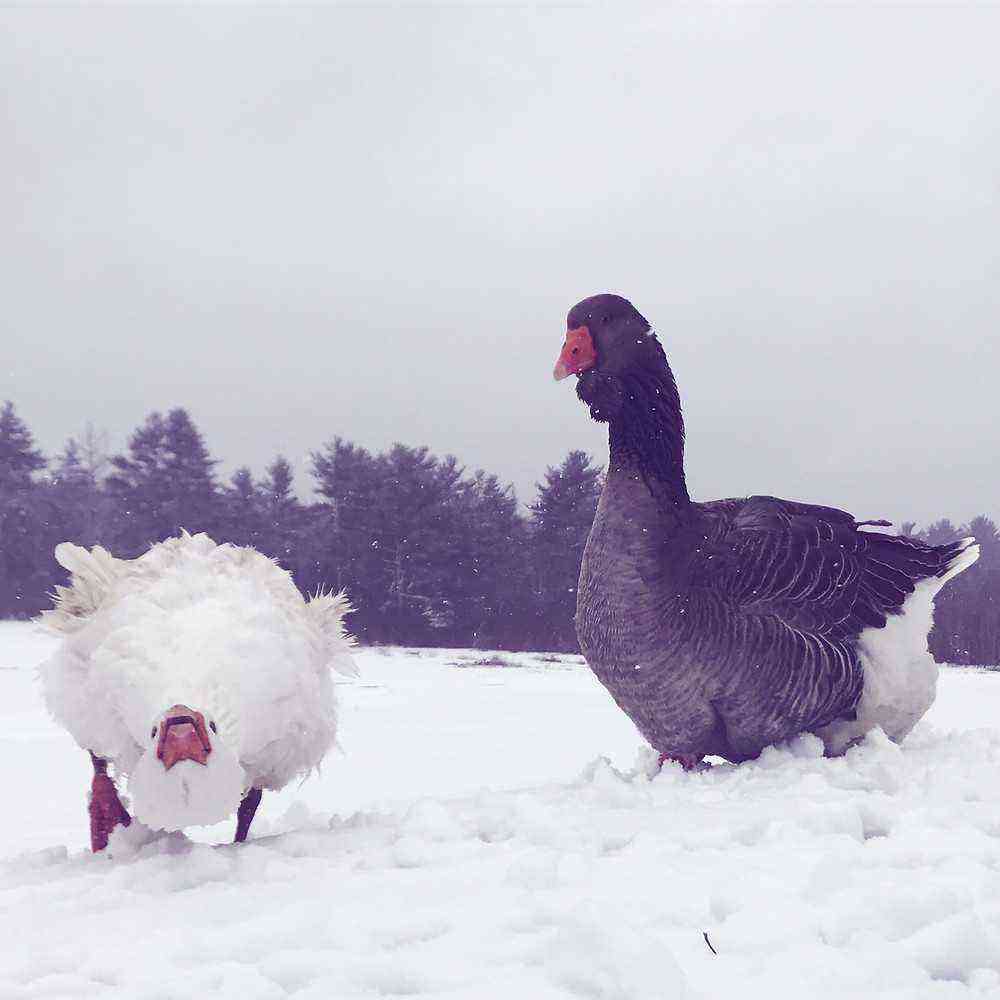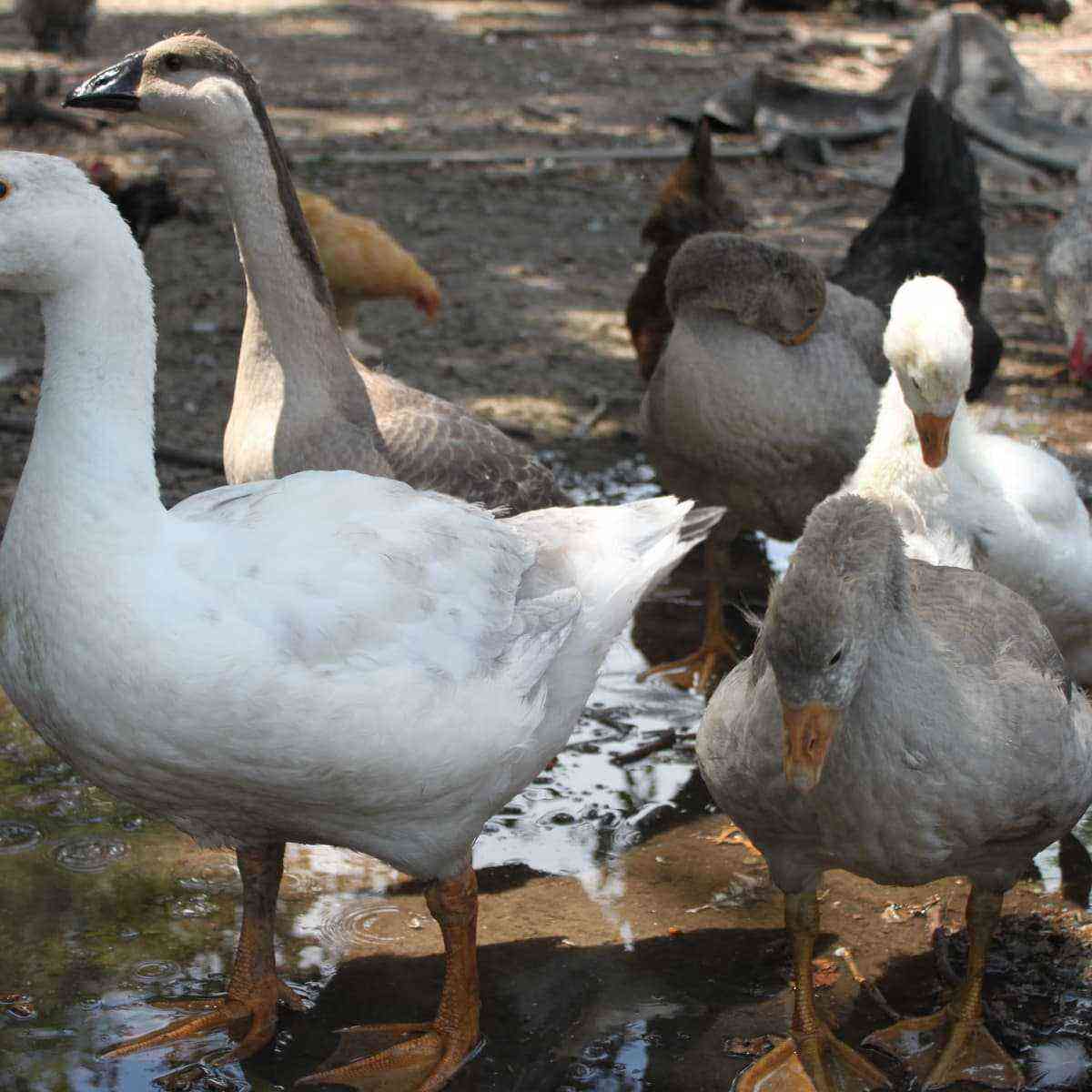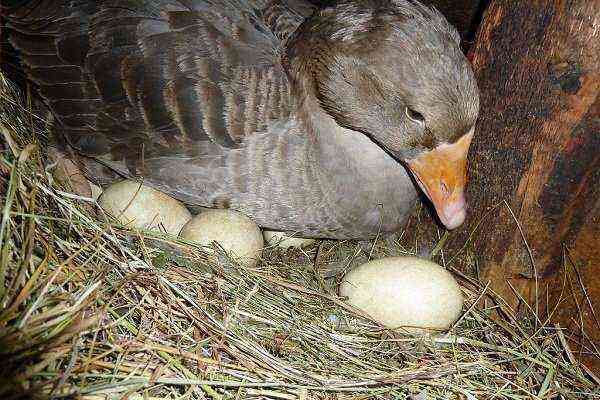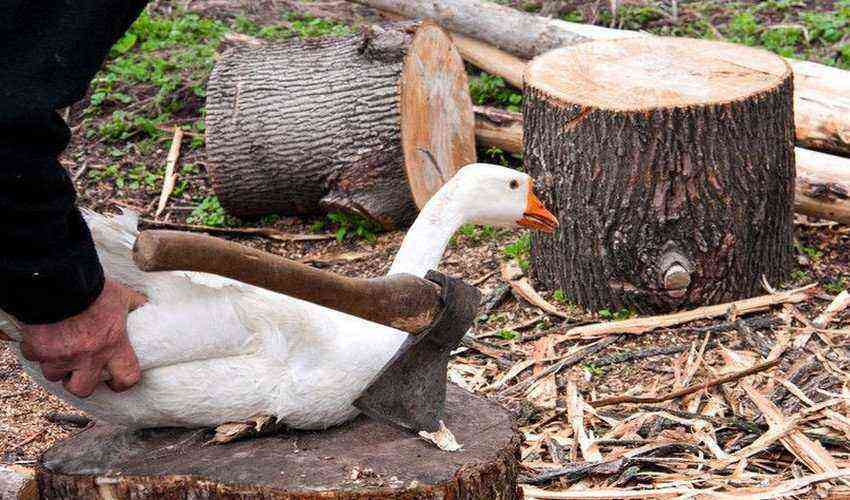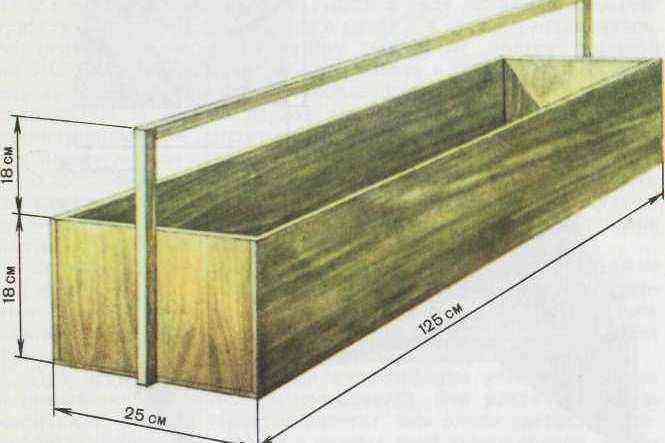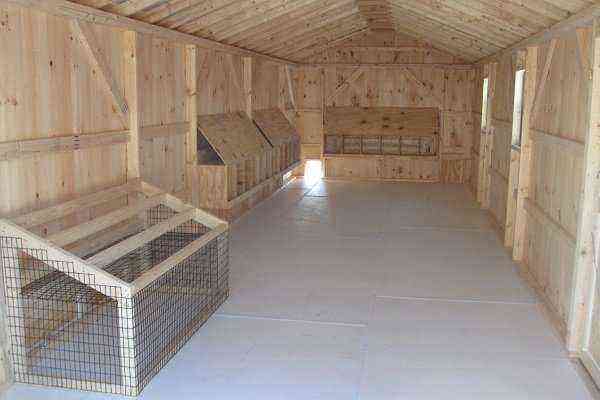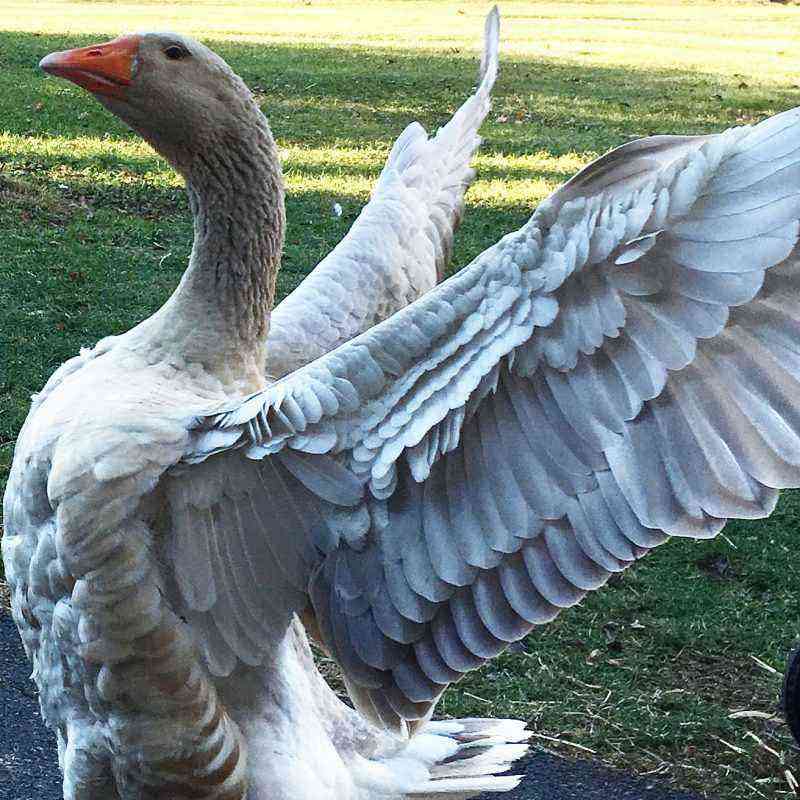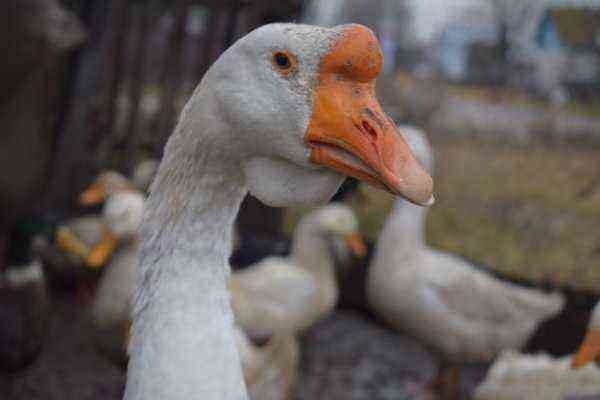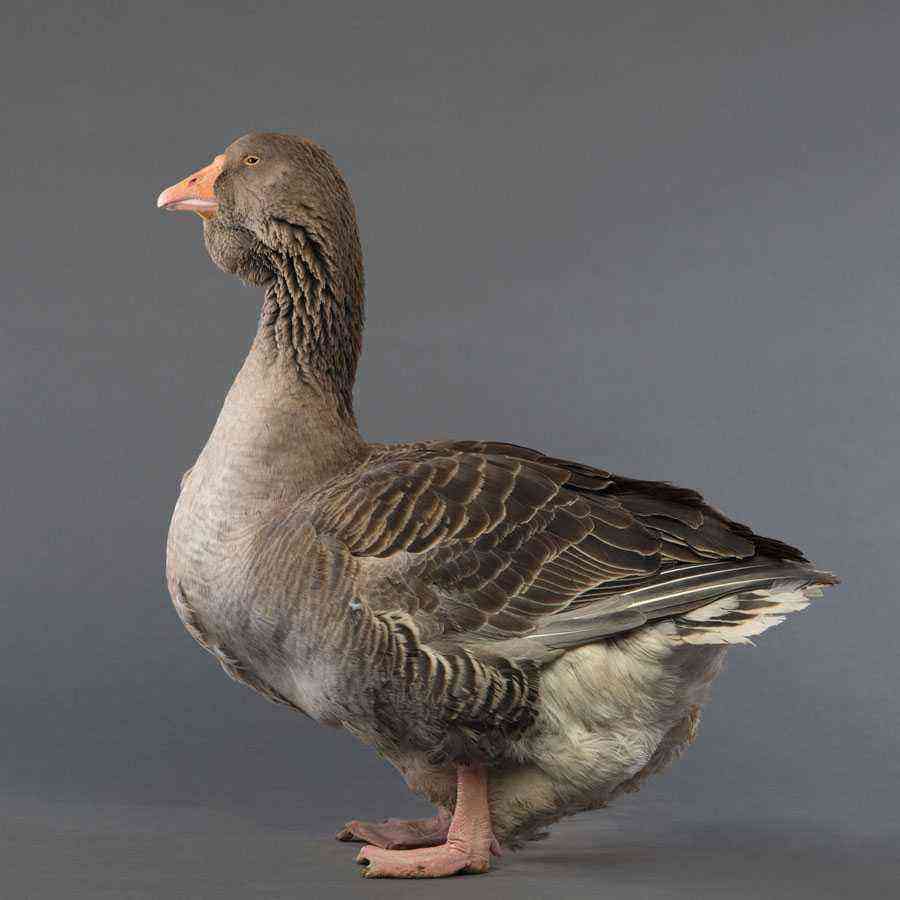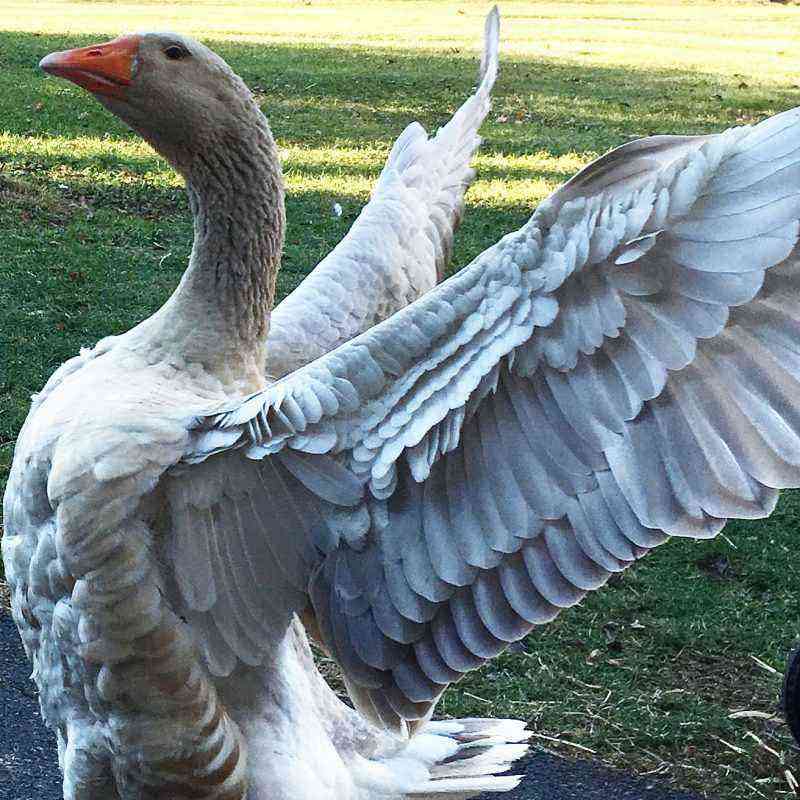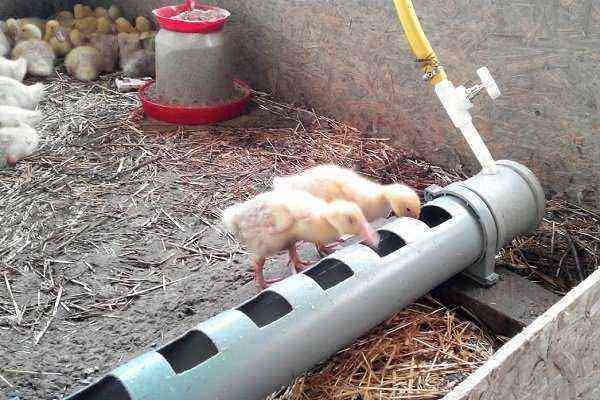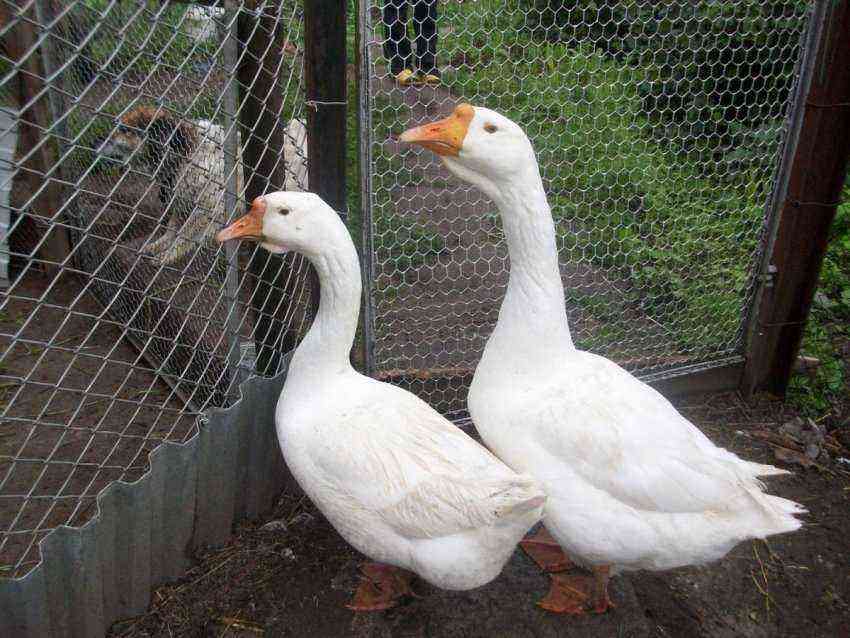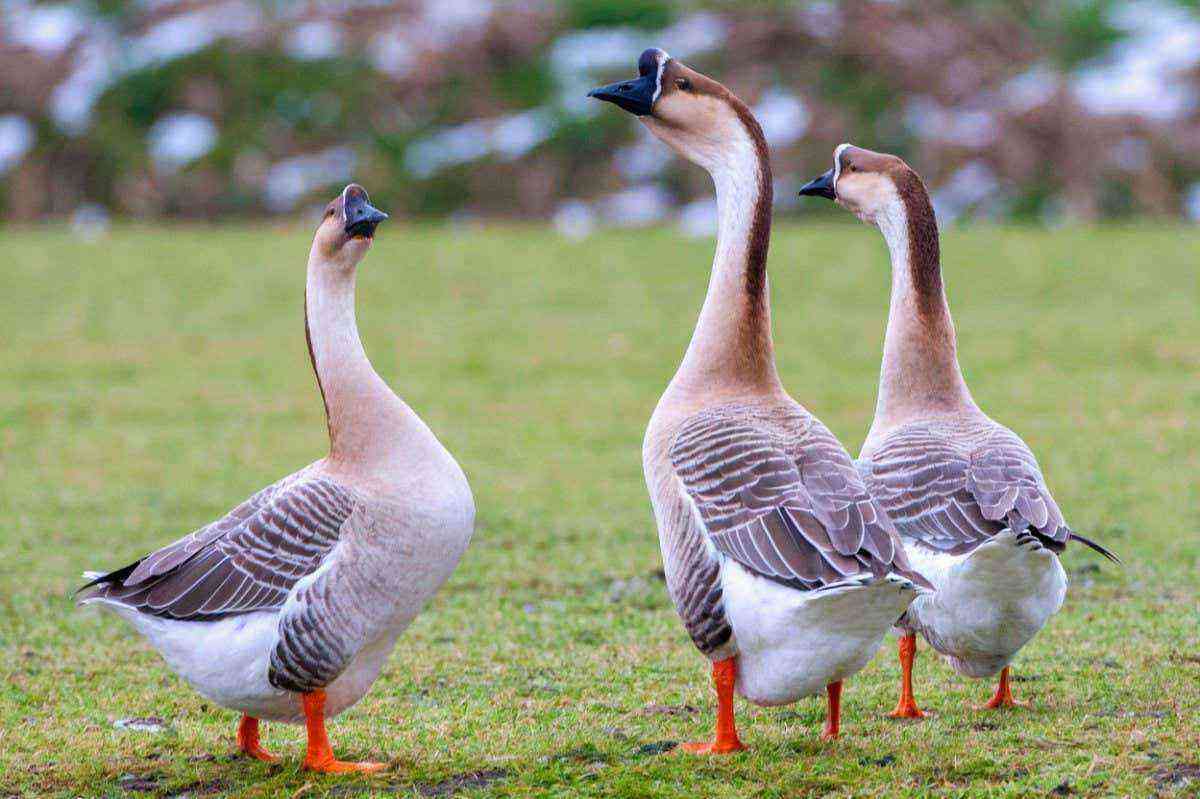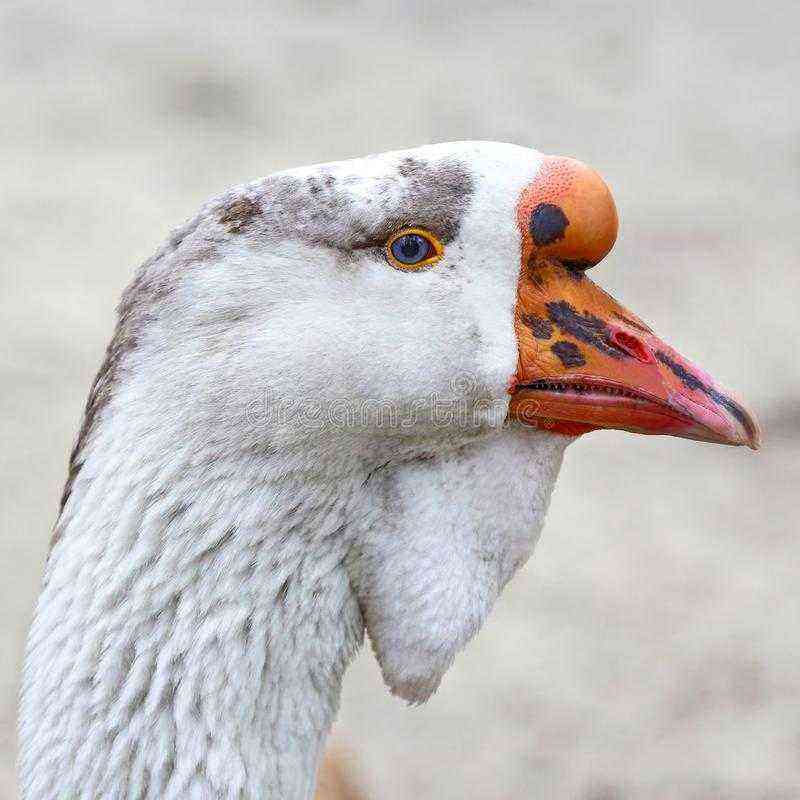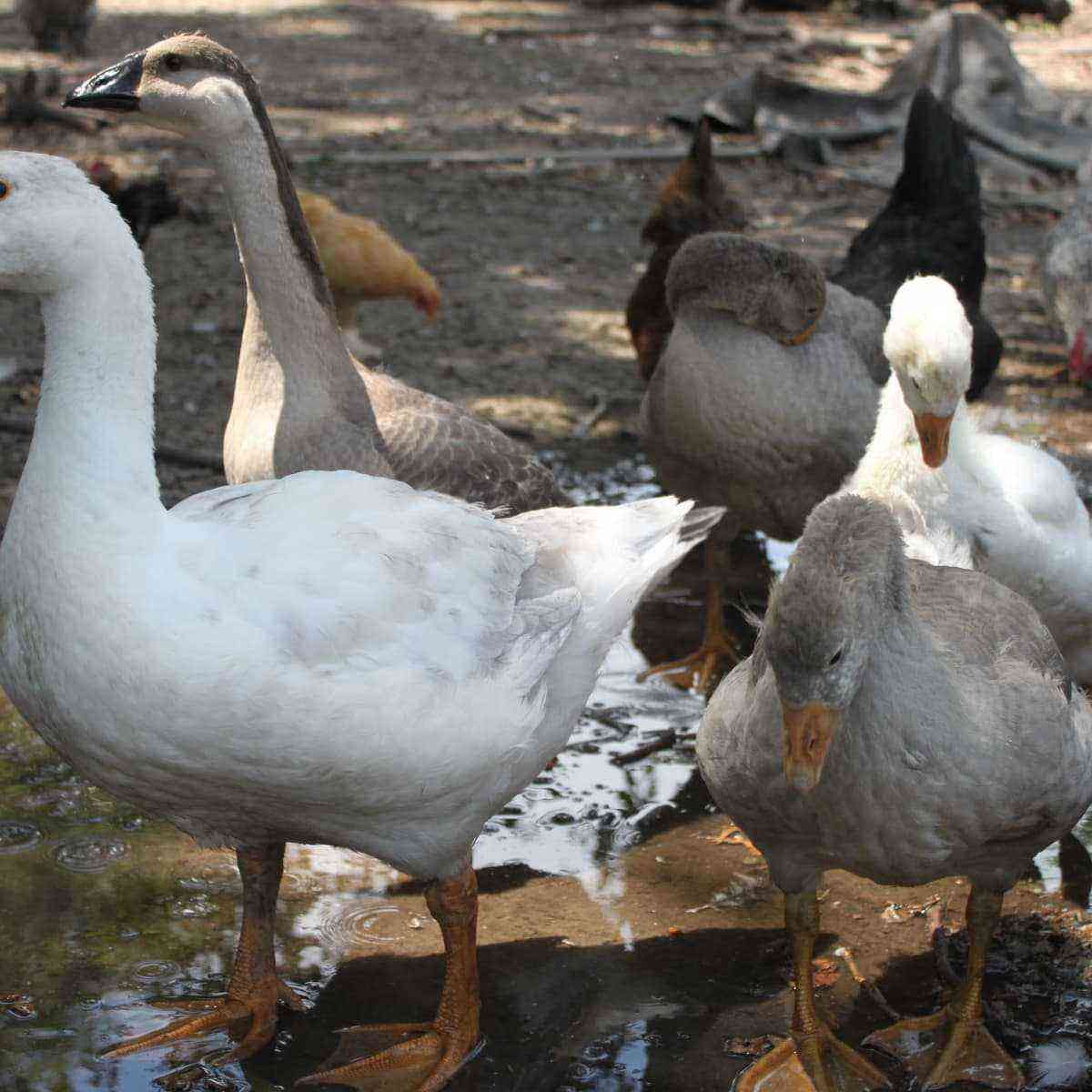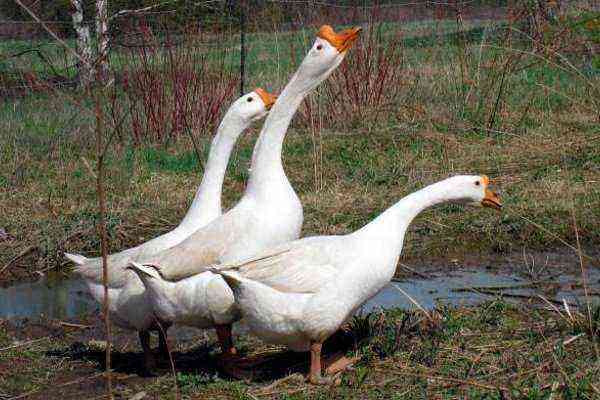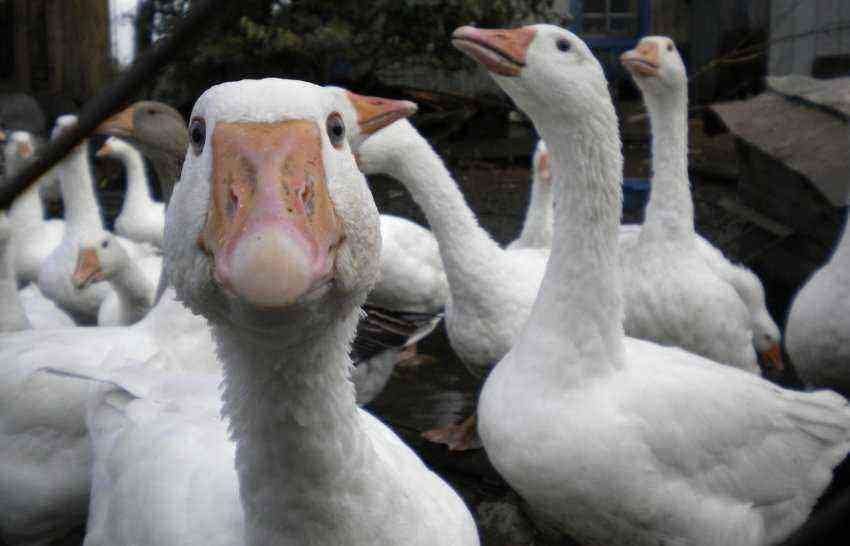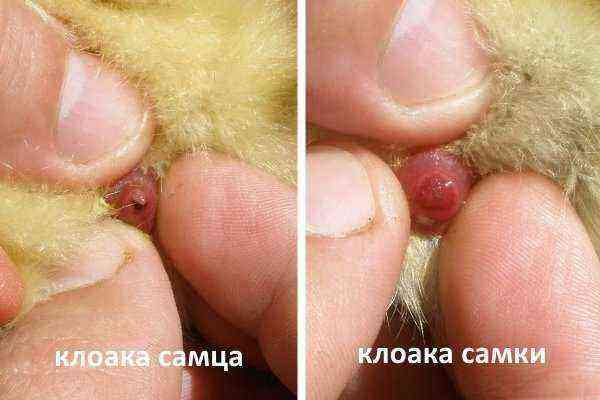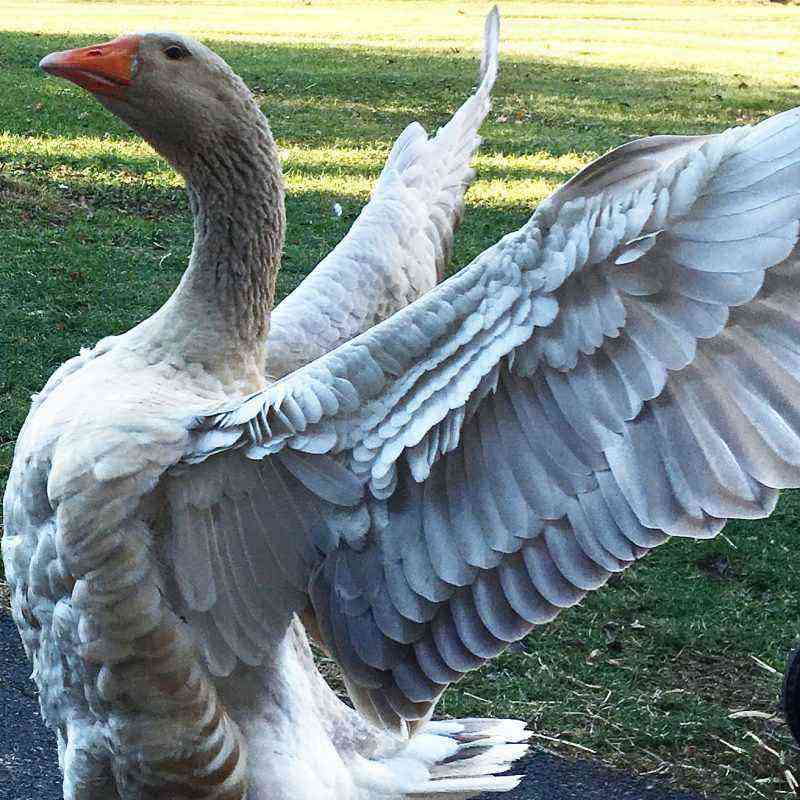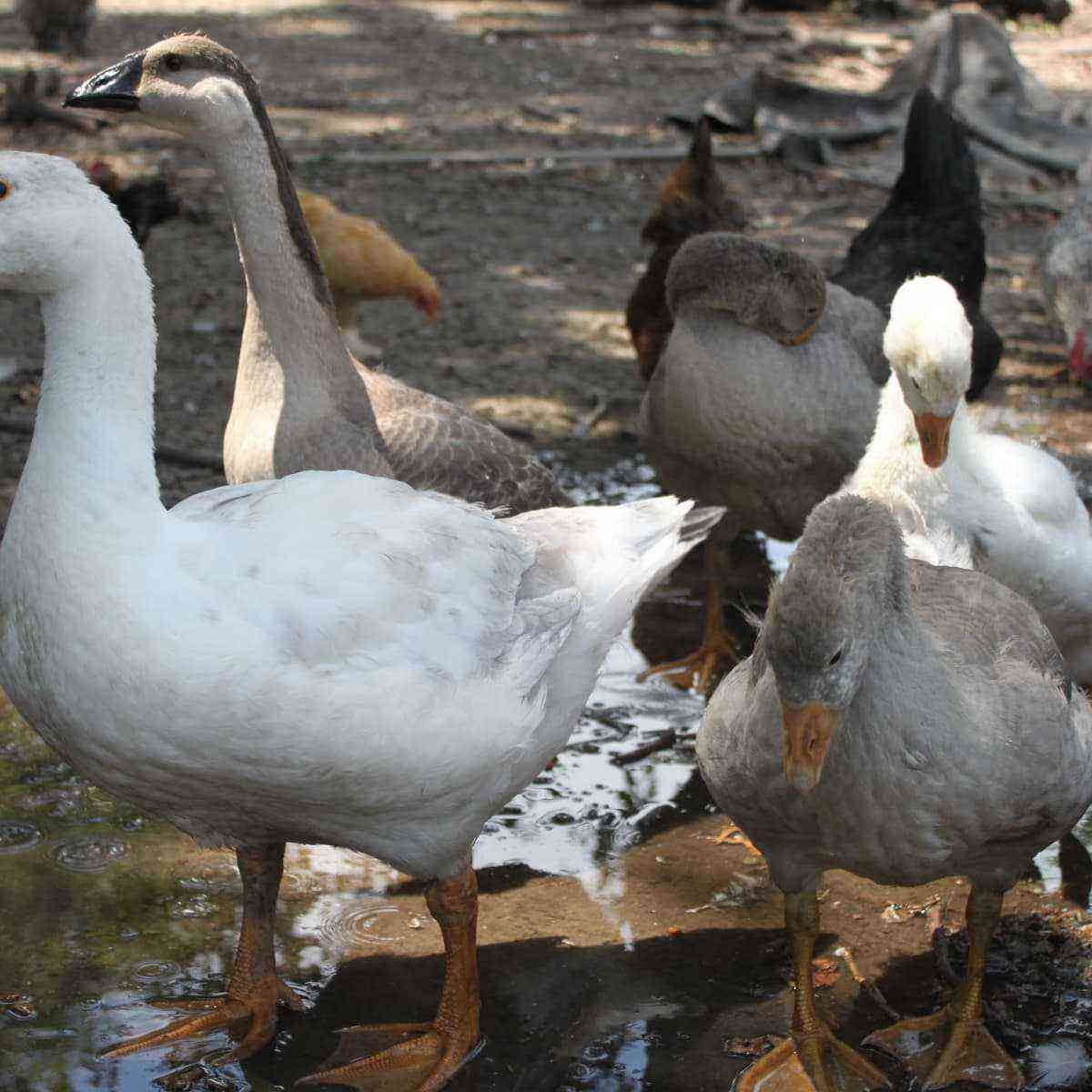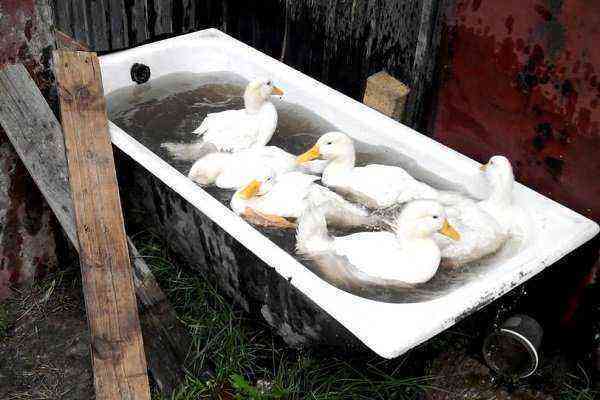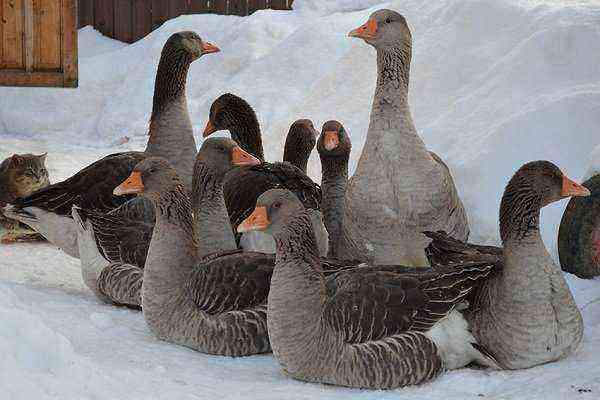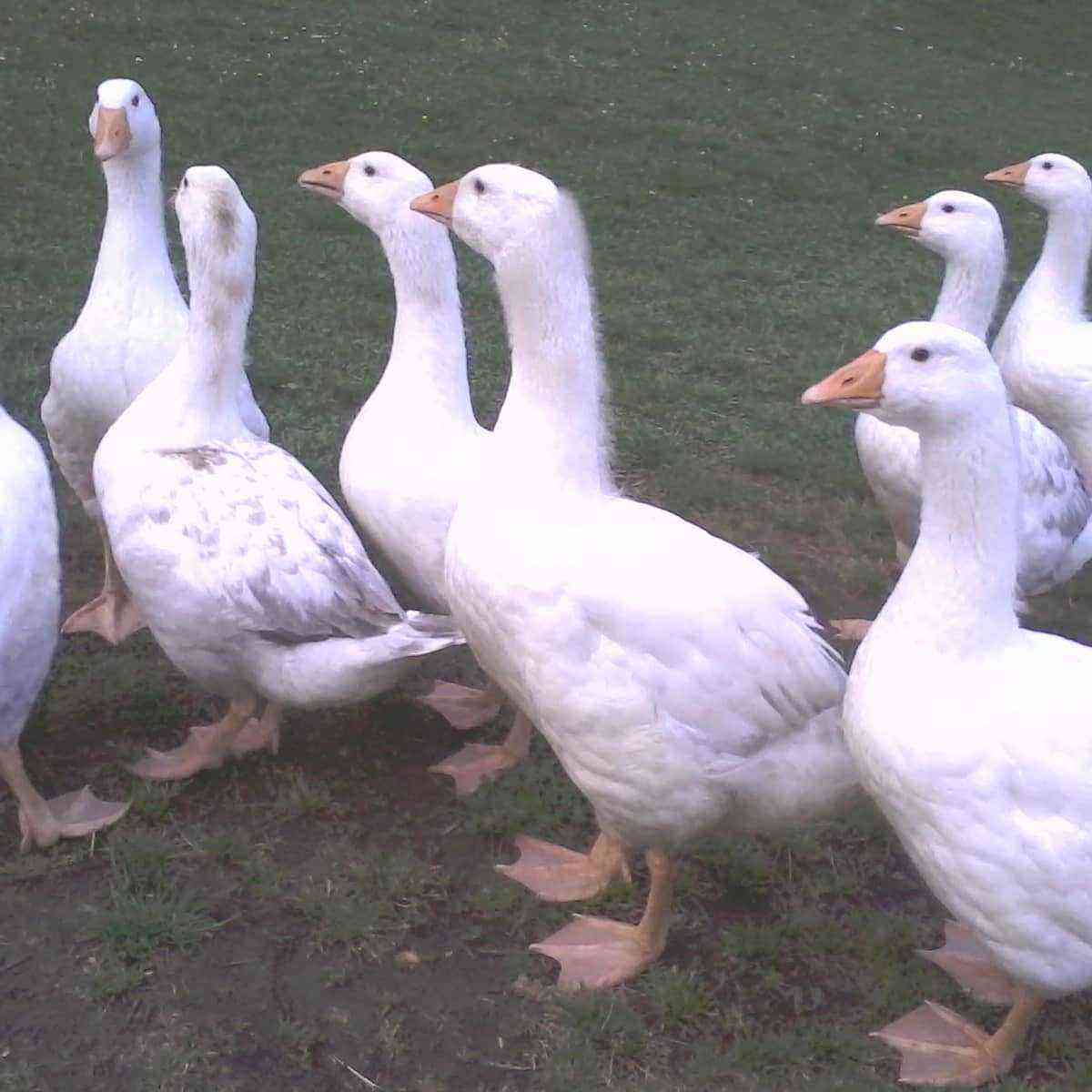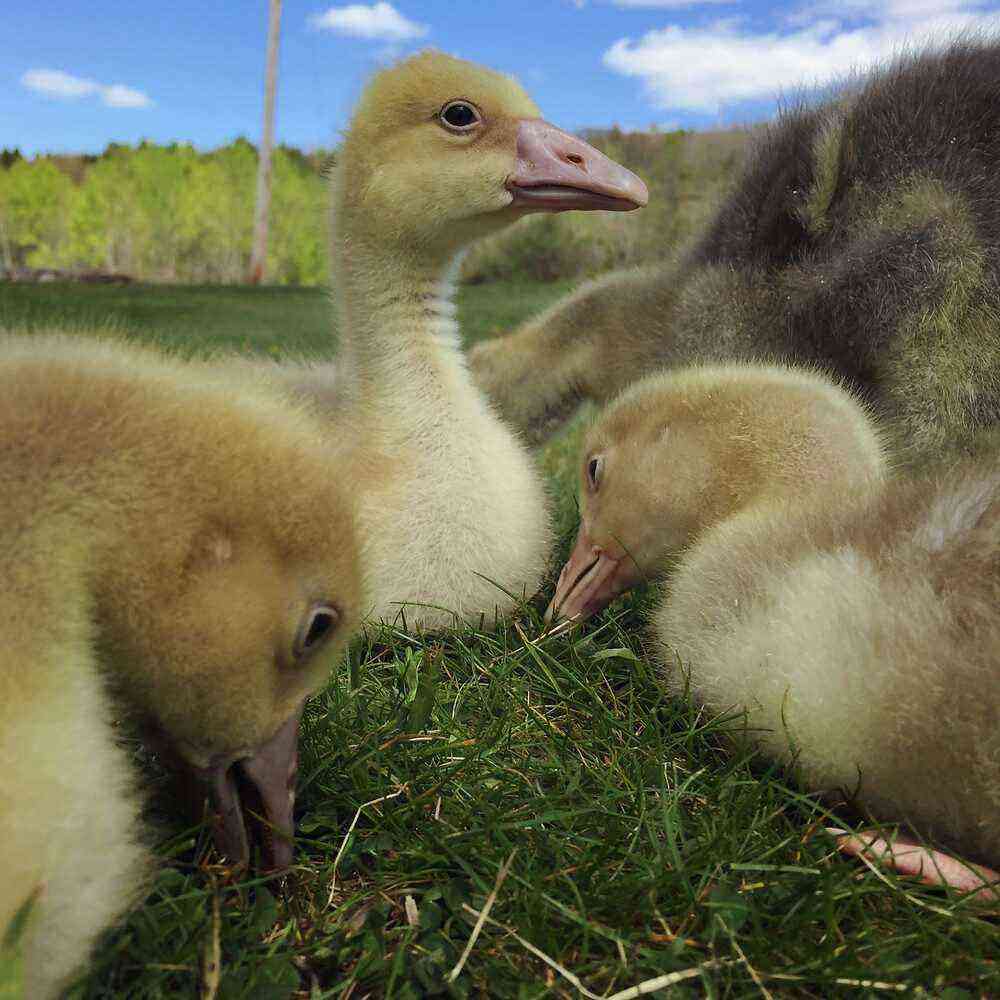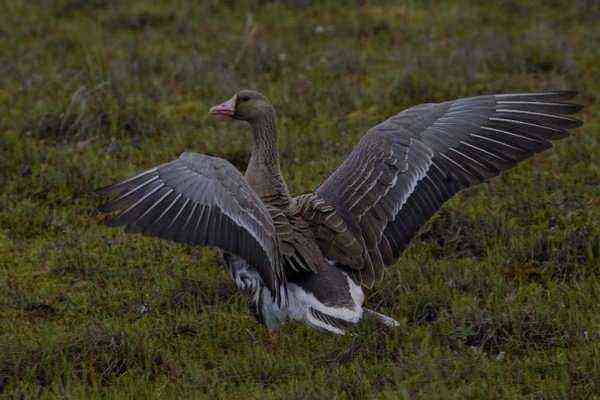The white-fronted goose (the old name is the goose) is a representative of the wild world. It is not bred in private farms. About its distinctive features, life expectancy, distribution, lifestyle and domestication – further.
History of origin
It is known that the white-fronted goose appeared in 1895 on the territory of the USSR. Birds flew in from the Caspian Sea, such a shift in the population, according to scientists, could occur due to a sharp rise in sea level. The inhabitants of Pavlograd were the first to see them, later the birds were seen in the Ural basin.
It is noted that since 2008 the population of geese has declined sharply, this is due to a decrease in the area of winter wheat and intensive hunting of white-fronted geese.
This goose served as the “material” for breeding a new domestic breed “Pskov Bald”. These birds were the result of crossing local geese with tamed, wild white-fronted representatives.
Characterization
This waterfowl of the duck family is very similar to the gray goose, but has a more modest size. The upper part of the body is covered with brown-gray feathers, the lower part is light, the undertail is white. In an adult bird, whose age has crossed the 4-year mark, transverse black spots appear on the belly and upper chest. The older the geese, the bigger they are.
A special feature is a white spot on the head in the forehead area. However, it appears 2-3 years after birth. Therefore, it is problematic to distinguish a bird at a younger age from a gray goose. The spot is clearly visible against the background of dark-spotted plumage and is surrounded by a dark border. Its size is about 26 mm in diameter.
Other features:
- Beak. In length reaches 40-55 mm. In adult geese, it is colored heterogeneously – in flesh (beige) color with pink marks, at the end of which there is a white “claw”. In young representatives, the marks are gray in color.
- Paws. The color of the paws also depends on the age of the goose. In young animals they are yellow-orange, in the older generation they are orange-red. You can also distinguish the bird by the protruding tail from under the folded wings.
- Body length. It varies from 60 to 90 cm, while the geese are smaller than males. The wingspan reaches up to 1,5 m. By autumn, the weight of the bird reaches 2,5-3 kg.
Geese lead a land lifestyle for the most part, which does not prevent them from being excellent divers and swimmers. They usually fly to lakes and rivers for watering.
Distribution and habitat
The goose feels great in the tundra and forest-tundra, as well as on the Arctic islands. They can be found in the northern regions – Taimyr, Novaya Zemlya, Yamal, the west coast of Greenland, Eurasia and North America.
European “white-fronted” for wintering migrate to the southern regions – to the territory of the Black Sea, the Caspian Sea and the Mediterranean. Part of the geese fly to Asia (southeast and south). The North American population shifts to the south of the mainland for the winter.
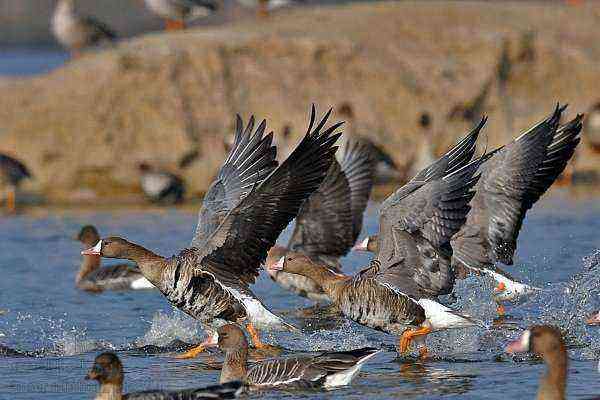
When choosing a wintering place, the presence of a reservoir does not play a major role for geese. On migration, they prefer to stop near lakes and rivers, where they look for food and rest.
Wildlife lifestyle and conservation status
In the natural environment, the life expectancy of a goose is 17-20 years, in captivity it increases to 30 years. Since the number of geese of this species does not cause concern among specialists, they are not protected and hunting is allowed.
Nutrition and vocalization
White-fronted geese prefer plant foods – algae, herbaceous plants, berries, horsetails. Quite often they can be seen in fields sown with cereals. Often this becomes the cause of “conflict situations” between the bird and the person.
Experienced hunters can easily distinguish a white-fronted goose from other migratory representatives not only by flight, but also by voice. He also cackles, but more loudly and louder.
Nesting
This species of waterfowl arrives for nesting one of the last – in May-early June, when the snow cover begins to melt in the nesting places. If spring is late, then the flock does not break up. Birds stay together on the shallows and banks of water bodies, waiting for favorable conditions for laying eggs and breeding chicks.
They nest in scattered colonies. The nest of each pair is far apart. Permanent pairs are formed even before reaching puberty, at the age of two years.
Young growth, which is one year old, and birds that do not plan to breed offspring, roam the tundra for a long time. Their migration is delayed, but in summer they arrive en masse on lakes and grassy plains.
The female arranges nests among stones and hummocks on a small hill or near bushes. Often they make them in the vicinity of birds of prey – peregrine falcons, kayuks and are under their protection. Inside the nest, she lines her own fluff, dry and fresh blades of grass, making a soft bedding for masonry. This helps to avoid damaging the eggs.
In clutch, you can count from 3 to 6 white eggs. The shell darkens during incubation. The incubation period lasts 28 days. The gosling hatches from the egg within 48 hours.

Only the female incubates the offspring, the male is constantly on guard. He guards the goose with the nest and the surrounding area. If the goose needs to leave the nest, she covers the masonry with a roller made of fluff.
The future parents go to feed together, so for some time the masonry remains unprotected. In their natural environment, geese do not have many enemies in the tundra. The main offender is the arctic fox, which loves to eat eggs and chicks.
Breeding offspring
When the chicks appear, the parents distribute their care and care equally. They protect and protect babies for two months. Goslings are constantly in the field of view of their parents, despite the fact that very soon they begin to forage for food themselves, and by the end of August they fly.
Before setting off on a long journey in the autumn, parents train their offspring so that they can endure the difficult long flight.
Molting
Adult geese begin to shed when the young begin to fledge. Chicks molt in the first year of life 2 times – when the fluff changes to a feather and before the autumn departure for the winter.
As soon as adult birds change their feather outfit in summer, they again gather in a flock. They spend most of their time looking for food. Before leaving, they need to gain strength. Geese intensively feed 2 times a day in the morning and in the evening, flying from one place to another.
Domestication and productivity
The advantage of growing wild geese on a farm is their unpretentiousness. In the summer, they can be constantly on free pasture and do not need additional feed. The white-fronted goose also has a high immunity to various diseases. He is not afraid of frost, unpretentious in care.
For 3 summer months, geese can gain up to 4 kg of live weight. Their meat is tasty and tender. However, females do not have high egg production, so they are not suitable as laying hens.
The white-fronted goose is a beautiful bird that lives exclusively in the wild, and becomes a desirable trophy for hunters. A migrating flock of geese can cause trouble for a farmer by “grazing” in wheat fields. In general, white-fronted geese have a calm disposition and get along well near farms. But purposefully they are not engaged in breeding.
Watch a video about what favorable conditions the breeder created for the White-fronted Geese:
This type of geese is not raised in special farms, however, those who decide to do this should be aware that domesticated wild geese can breed in captivity when favorable conditions are created for them, but they retain their natural instincts. In order for the birds not to fly away in the fall, their wings are clipped.
